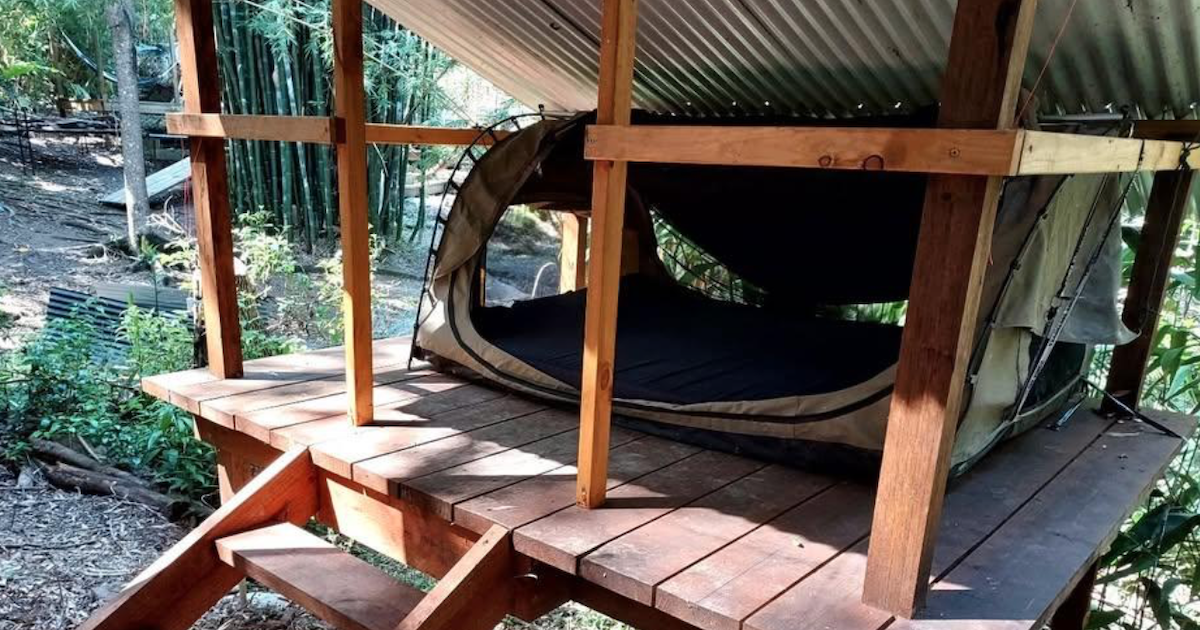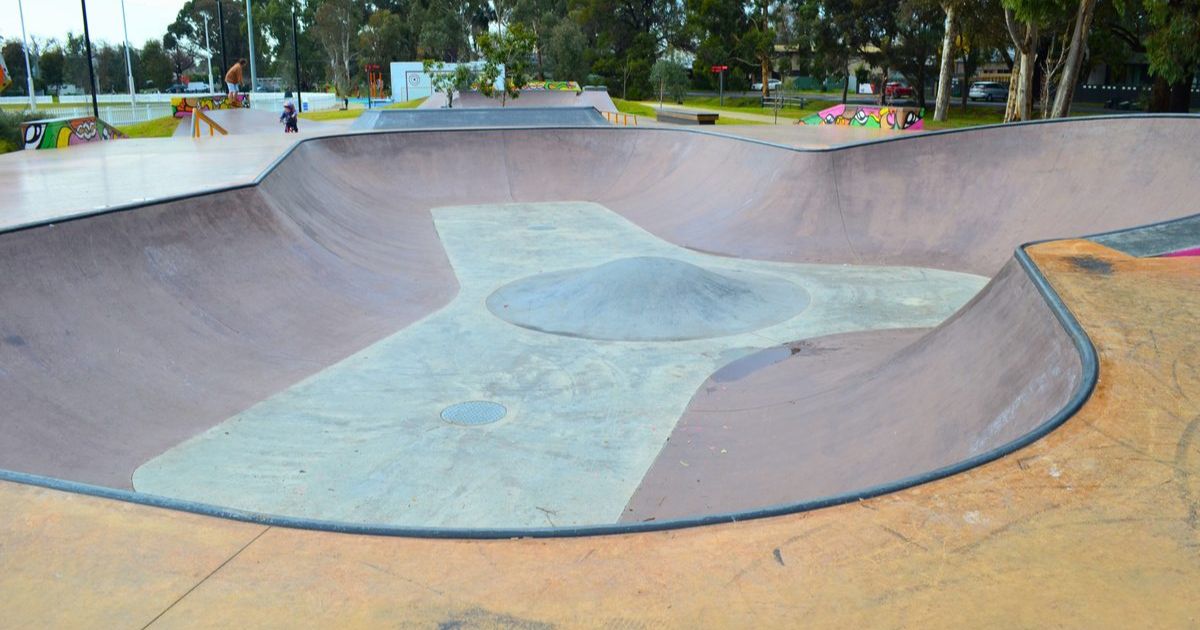Discover and protect the biodiversity near you

Feathered neighbours: Residents should be mindful of the diverse, vibrant, native birds nesting near them this season and biodiversity month. Photo: EDWINA WILLIAMS
EACH September, Australia’s Biodiversity Month celebrates the country’s varying native wildlife and habitats, encouraging residents to protect and improve the state of the natural space around them.
In our city, the Gardens for Wildlife group are at the fore of championing the region’s biodiversity all year round, keeping it safe.
Aiming to look after Ballarat’s indigenous plants and critters, they help homeowners to embrace the growth of native greenery where they live, to create safe havens for local animals disturbed since European settlement.
BGW’s Sam Strong said goldmining, logging, agriculture, industry and growing urban settlements have all had a monumental impact on the area’s flora and fauna since the mid-1800s.
However, there are still lots of “wonderful” green spots to explore around Ballarat where fascinating, and rare, plants and animals still live, and this biodiversity month is a good opportunity to discover them.
“It’s a great time to explore the waterways, reserves and larger conservation parks,” she said.
“These areas are like arteries that provide life flow for secretive, described as cryptic, animals such as the powerful owl, sugar gliders, the brush tailed phascogale, and hidden rare plants such as the small saw-toothed matted flax lily, that has recently been rediscovered at Victoria Park.”
As residents get out for sunnier, spring iso walks, fellow BGW volunteer, Elspeth Swan said it’s an ideal time to learn from this exploration.
“Watch how plants grow together to form homes or habitat for small birds, lizards and frogs, plus a range of insects such as the blue banded bee. They are more active in the warmer weather we are experiencing,” she said.
“Watch out for tree hollows in your local reserves and streets. They are home to many nesting animals.
“Birds are nesting now, and you might find a shy face peep out as they either feed their young or watch for predators.”
Closer to home, residents can do their bit to ensure biodiverse creatures are thriving. Tree litter is valuable to inquisitive insects, birds, small lizards, frogs and nocturnal marsupials.
Installing nesting boxes higher up protects small marsupials and birds. Giving creatures a boost off the ground, so they can move up into the tree canopies is also helpful.
“Whether you have a patio, balcony or larger space, create a structure for species, a bit like a gym,” Ms Strong said.
“That way you’ll attract blue wrens who love foraging low on the grass, and shelter in dense thickets. Swathes of native grasses attract insects and seed-eating small birds.”
Water around the garden in bowls, ponds or a watering can will attract frogs – potentially even the rare growling grass frog – that eat mosquitos.
Visit federation.edu.au/schools/school-of-science-psychology-and-sport and search ‘Nestboxes in your neighbourhood’ for more information.


















